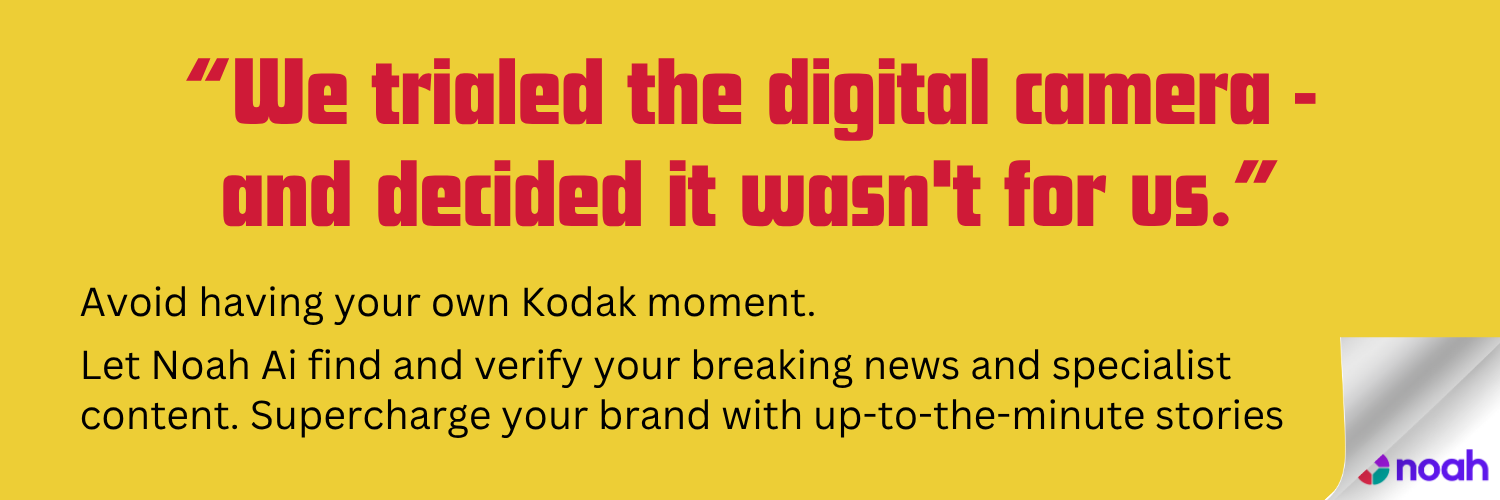OpenAI’s collaborations with Hearst and Time aim to integrate vast journalistic content into its AI products, enhancing information dissemination and user engagement while addressing copyright concerns.
OpenAI, a leading entity in artificial intelligence research and implementation, has officially announced significant collaborations with Hearst Media Group and Time Inc. These partnerships aim to assimilate the extensive journalistic content from both media giants into OpenAI’s products, potentially altering the landscape of information dissemination and consumption.
Through this collaboration, OpenAI will integrate content from Hearst’s diverse array of brands. This includes notable names such as the Houston Chronicle, San Francisco Chronicle, Esquire, Cosmopolitan, ELLE, Runner’s World, and Women’s Health. This deal encompasses over 20 magazine brands and 40 newspapers, thereby enriching the datasets and capabilities of products like ChatGPT with top-tier lifestyle and wellness content.
On the other hand, the partnership with Time will provide OpenAI access to the magazine’s archives, extending a century’s worth of journalism to the users of AI tools. This aims to improve the AI’s interaction with user queries by basing responses on a rich repository of verified information.
OpenAI’s COO, Brad Lightcap, expressed that the incorporation of established content from Hearst’s brands will significantly enhance the AI’s capacity to offer engaging and trustworthy information. This aligns with the objective of ensuring that users receive credible content from authoritative sources. Similarly, Jessica Sibley, CEO of TIME, commented on the importance of this integration as it represents a pivotal moment where historical journalism becomes readily available in the digital epoch.
The partnerships illustrate a new chapter in the digital curation of content. This enables media outlets to extend their reach beyond traditional platforms and engage with a younger audience that is moving away from conventional media consumption. Through AI’s interactive models, content can be delivered in conversational settings, potentially reaching users who are more inclined towards digital over print formats.
From an economic perspective, these partnerships present media companies with opportunities to diversify revenue streams. By licensing their content to OpenAI, these companies look forward to reaching broader audiences and potentially boosting subscriptions, especially as snippets from their premium content find new life in AI-powered responses.
Furthermore, OpenAI’s collaborations don’t end with Hearst and Time. The AI firm has also engaged with Axel Springer, Financial Times, and Associated Press to disseminate accurate news stories. Past partnerships included Le Monde and Prisa Media, focusing on French and Spanish content, to enhance user interactions through well-rounded news integration.
As AI consumption grows, the revenue models surrounding advertising in media might shift. Traditional ad placements could evolve into more innovative forms, such as sponsored content or interactive adverts within the AI platforms, enabling media companies to tap into a more substantial part of the digital ad market.
The partnerships also play a crucial role in addressing copyright concerns. By using media company content with proper permissions, OpenAI mitigates potential copyright lawsuits, ensuring that the integration of journalistic content is legally sound.
This initiative by OpenAI is a part of a broader trend where AI is becoming deeply integrated into journalism. While AI has been used for tasks like writing earnings reports and sports recaps, as seen with The Associated Press since 2014, the inclusion of nuanced content authored by credible journalists marks a significant shift. However, some industry insiders caution about the potential biases AI models might inherit due to aligning mainly with specific media houses.
Looking ahead, as AI becomes further embedded within mainstream media, it might redefine not just content delivery but also the very act of journalism. As AI tools evolve in their linguistic and contextual understanding, media entities might consider deeper investments in AI-driven solutions for more personalised news experiences.
Beyond content delivery, AI could enhance fact-checking capabilities and the detection of misinformation. As a technological adjunct to journalism, AI could help identify and verify source credibility, thus playing a crucial role in maintaining the integrity of news media.
These developments indicate a promising, albeit complex, future where AI not only enriches user engagement with dynamic content but also upholds journalistic credibility in an increasingly digital world.
Source: Noah Wire Services








